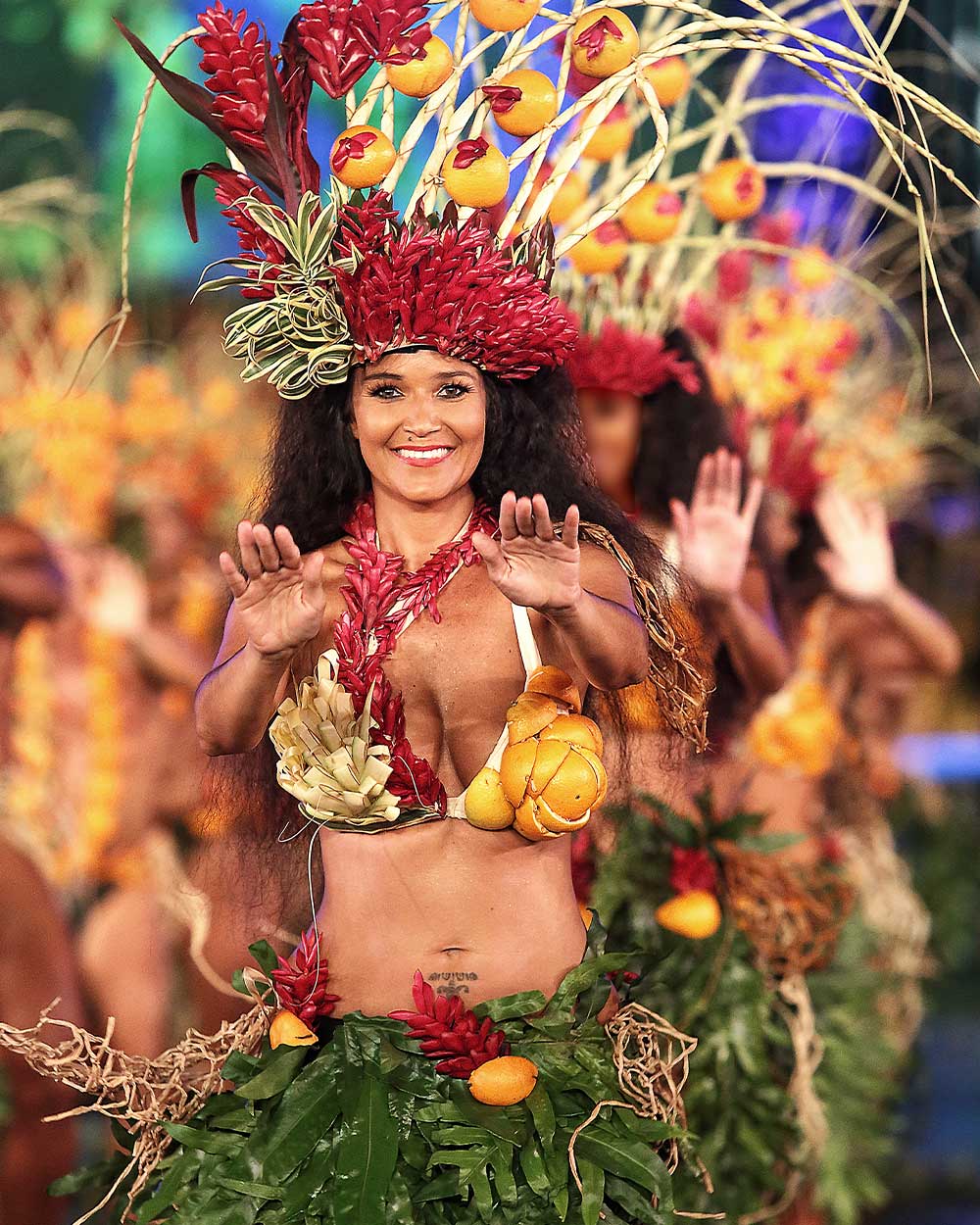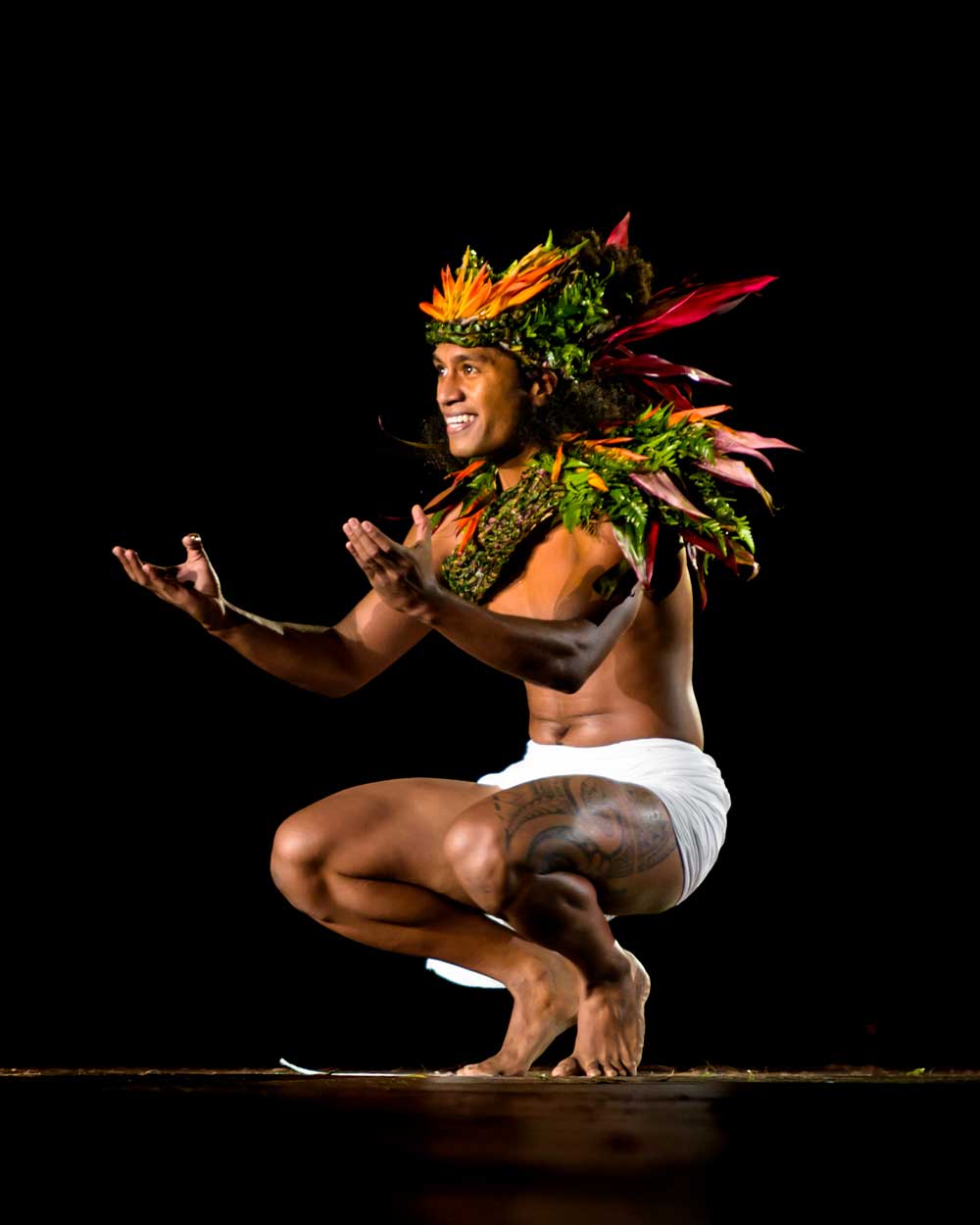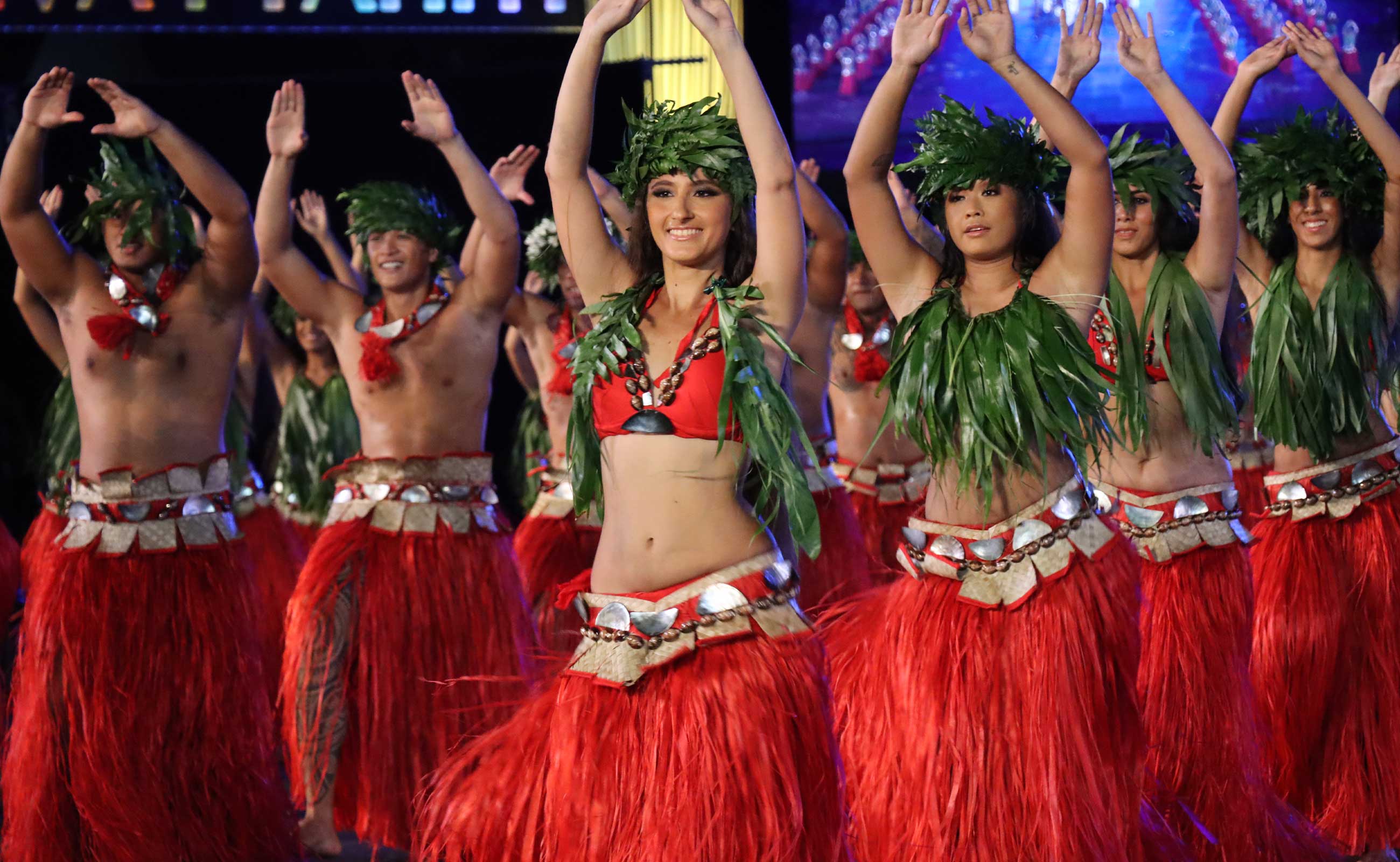‘Ori Tahiti is not just a dance. It is deeply connected to the soul of Polynesia. With rhythmic percussion, striking costumes, and a graceful choreography, it communicates both a narrative and a collective emotion. After the relative solitude of sailing across the Pacific, you will love watching the vibrant rhythm, color, and share in the joy of an ‘Ori Tahiti show.
After the quiet of a trans-Pacific crossing, the rhythmic heartbeat of the entire culture of Polynesia comes alive in this Tahitian dance. If you visit French Polynesia from February to July, you will be able to enjoy the rehearsals, preparations, and performances of the ‘Ori Tahiti troupes.
‘Ori literally means ‘Tahitian dance,’ a simple word, but one that carries the entire weight of the island’s tradition. Originating in the heart of the Society Islands, the dance is rooted in the land, gestures, and collective memory of Tahiti, from which it draws power and emotion.
‘Ori Tahiti is more than just a dance art form. It is a form of creative expression, a social language, a symbol of cultural pride for an entire community.
Today, it is the most vibrant and most widely shared dance in the Polynesian world. Dancing in Tahiti is more than just movements and steps. It is a blend of music, percussion, oral poetry, costumes, and the collective energy of a community, eager to share their art with anyone receptive to it.
When as many as two hundred dancers take part, the ‘Ori Tahiti is much more than a show. It binds the community together. These large choreographed performances offer the young locals an opportunity to learn about history, ancestral stories, and tales of the gods and the creation of the universe.
Most of them join a group when they are teenagers, a key time when the dance takes on the dual role of a pastime and a rite of passage. It is also an age when you leave the family nest to forge your own identity, sustained by the collective community and cultural roots. Dancing means reconnecting with the Fenua, the original homeland, and honoring a living connection with the elements. For younger generations, ‘Ori Tahiti embodies this dual purpose of safeguarding ancestral roots, while keeping them alive in the present.
“For some of them, it’s a way of life. For others, it’s a sport, or a pastime. But it matters little what it means to each person, as long as ‘Ori Tahiti continues to mean something to the majority of the dancers,” Marguerite Lai likes to say, founder and emblematic leader of the O Tahiti E troupe.

Universal Body Language
Orchestra and Dazzling Costumes
Dance in ‘Ori Tahiti is inseparable from the pulsating rhythm of a percussion orchestra and the resonance of natural sounds. Each instrument is fashioned from materials generously offered by the environment. There is no place for electronic effects here. Only wood, stone, bamboo, and shell vibrations are used to create the rhythm. Together, the instruments create vibrant music, reverberating deep in the bodies of the dancers and audiences alike. No one is left unmoved.
The extravagant costumes match the intensity of the sound. Three costume styles are current in performances and competitions: traditional, plant-made, and fabric-made. The plant-based outfits, made from fresh leaves, dried fibers or vibrant flowers, symbolize a direct communion with nature. Every feature—skirt, headdresses, finery—is designed to amplify movement, emphasize a hip beat or extend the motion of an arm. The costumes take on a life of their own in the dance, accentuating the power and elegance of the movements.
Experiencing an ‘Ori Tahiti performance is like being overwhelmed in a surge of energy, with the earth vibrating to the percussion, dancers’ bodies telling stories of the past, and costumes rustling like a forest in motion. You do not just watch the performance. You physically feel the strength of the people dancing it. And when the tempo accelerates, you cannot help but be drawn in, with your heart beating in time to the music, and an irresistible urge to join in the dance, particularly if you have just spent several months crossing the Pacific.

How to See a Tahitian Dance Show?
The best time is during the Heiva i Tahiti, a big competition for dance troupes held every July in Papeete. The Leeward Islands also hold dance festivals at the same time.
Hotels also put on dance shows for you to enjoy. The dance troupe will be smaller, but you will be treated to some excellent performances.
Official ceremonies and various sports events often feature dance demonstrations.
Cultural vocabulary
Hīmene: song
Marae: sacred ceremonial site
‘Ori: traditional dance
Pahu: drum
Tō’ere: percussion instrument
‘Ukulele: Polynesian fretted lute
Vivo: nose flute
photo credit
01© KMH Media Production/Tahiti Tourisme
02© Lucien Pesquié/Tahiti Tourisme
03© Dimitri Nguyen Verdenet/Tahiti Tourisme


